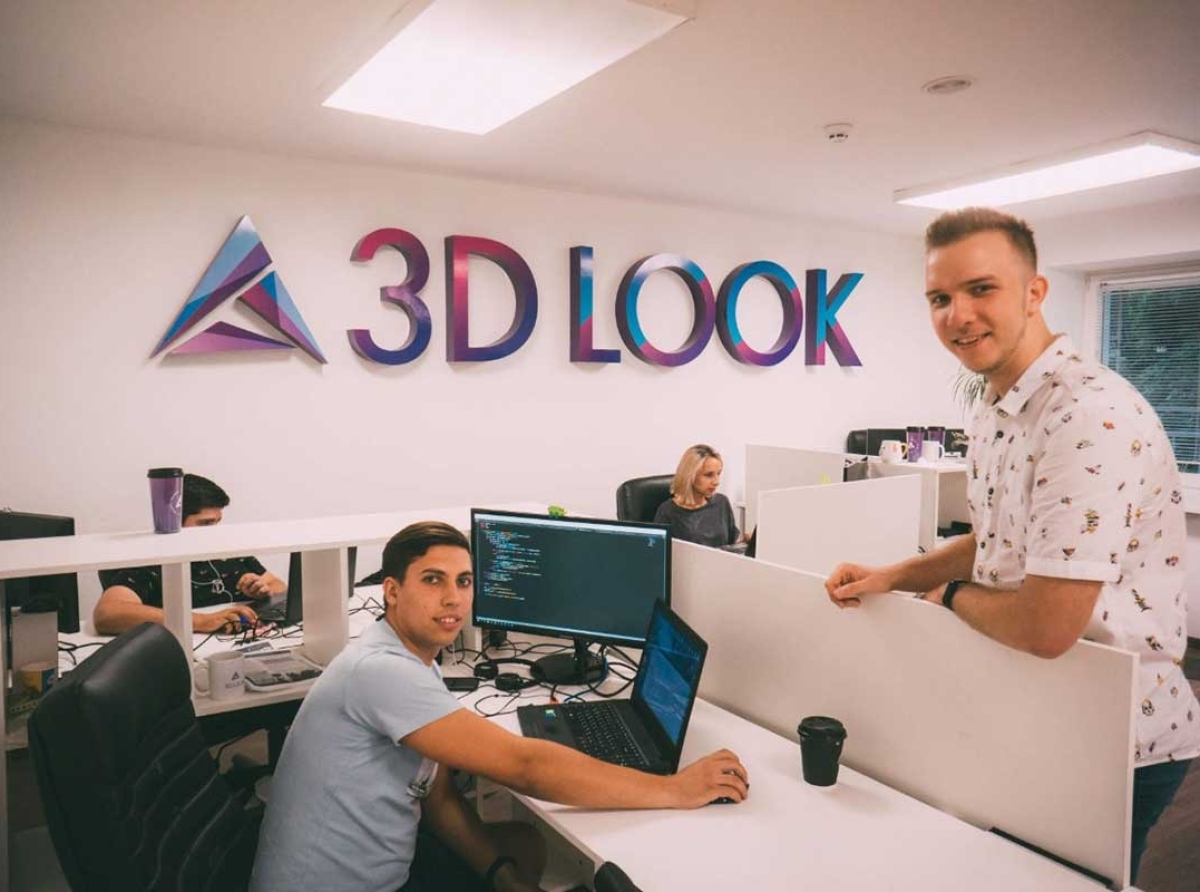31 August 2022, Mumbai
3D printing opens all new avenues & vistas for the fashion industry supporting, adding hack technology to the hitherto adopted conventional techniques. Today various sectors, including aerospace, automotive, medical & dentistry, use 3D printing. It is also ideal for use on Merino wool apparel/garments and presents the new potential for fiber.
A case in point is designers can combine the creative flexibility of 3D printing with the comfort, lovely drape, and organic performance to help create relentlessly a line emphasizing graceful, florid shapes of Merino wool & its blend materials. While the fiber's exceptional comfort, wearability, and performance are also maintained offering many new aesthetic options, dynamism & movement all thanks to 3D printing, according to AWI's Research & Development Manager for Europe, Birgit Gahlen.
As per one parametric-architecture report," The efficiency of parametric and generative designs, computational design can be enhanced with the aid of 3D printing tech".
With this technology microscopic precision is produced leading designers to create any intricate forms and textures they wish to choose, curating delicate ornamental elements and intricate detailing using distinctive gradient colors, base fabric can provide novel aesthetic effects such as cryptic shimmer effects & transparency.
Historically when 3D printing initially entered the fashion industry, the procedure took a while the uptake & one of the initial attempts to produce a piece of clothes using 3D printing required the printer to run continuously for 7 whole days as flexible printing materials were also not available at that time for 3D printers. But technology has advanced since then. Flexible printing material is also now available, and no longer it takes as long. Today More & more 3D printed clothing became available to the general public.
The world is well on its way to consolidating introducing it by Stratasys FDM TPU 92A - an elastomer 3D printing material engineered for prototyping, which it can be cleaned and ironed exactly like regular clothing & another flexible material been used to create 3D-printed apparel is FilaFlex. Selective laser sintering is also been used to produce the majority of 3D-printed clothes.
Furthermore, reinforcing the capacity to create elaborate patterns and achieve a high level of intricacy with 3D printing is absolutely critical for the fashion and textile industries of the day.
The smoothness & flexibility of 3D-printed clothes still somehow lag behind that of cotton or Lycra, As a result, accessories make up the majority of 3D-printed clothing and visible use cases are in products including footwear, jewelry, and eyeglasses & early users of 3D printed dresses are shifting their focus toward accessories.
Since designer pricey clothing is tailored to match your figure implying that couture or designer clothing is uncommon, distinctive, and somewhat challenging. All of those equations may be altered by 3D printing enabling the broad adoption of the notion of customized apparel.
The domain of wealthy elite homes is now accessible to the typical homeowner. Additionally, 3D-printed clothes promise to save waste and be eco-friendly. As it is immensely known that many textile scraps are been used in traditional design resulting in destruction & process is also prone to generating significant water contamination from the kind of dyes being used to color apparel/garments.
In the global backdrop of the water crisis & considering the immense water need for the production of textiles and its allied materials. Notwithstanding the innate reality that air pollution is also a significant issue in countries that produce a lot of fabrics, like China. Thus the importance of 3d printing cannot be overemphasized.
The upside of 3D cutting edge is well anchored today & already showing up its good side e.g. imaginative innovation is now possible for designers, faster turnaround & few geometrical restrictions are necessary to create wearable apparel besides eliminating several constraints designers had to deal with in the real world e.g. small batch sizes, etc.
3D Printing & Fashion Space Exploration
On the back of it any fine apparel/garment or fashion firm typically these days can execute orders for anything like a 40-foot container of clothing or shoes, especially in Bangladesh, Vietnam, or China.
Fashionable objects can also be expected to be produced on demand or in small lots thanks to 3D printing as in natural outcome in the journey. With such inherent developments, budgeting & the need for working capital may shift dramatically enhancing business efficiency & productivity.
Join our community on Linkedin

























